The deaf-blind girl who taught humanity to believe in miracles
Categories: Celebrities | Health and Medicine | History
By Pictolic https://mail.pictolic.com/article/the-deaf-blind-girl-who-taught-humanity-to-believe-in-miracles.htmlIn the 19th century, when people with disabilities were considered incapable of learning, one little girl from New Hampshire changed society's perception of human capabilities. Laura Bridgman became the first deafblind person in history to receive a full education and proved to the world that physical limitations cannot stop the thirst for knowledge.
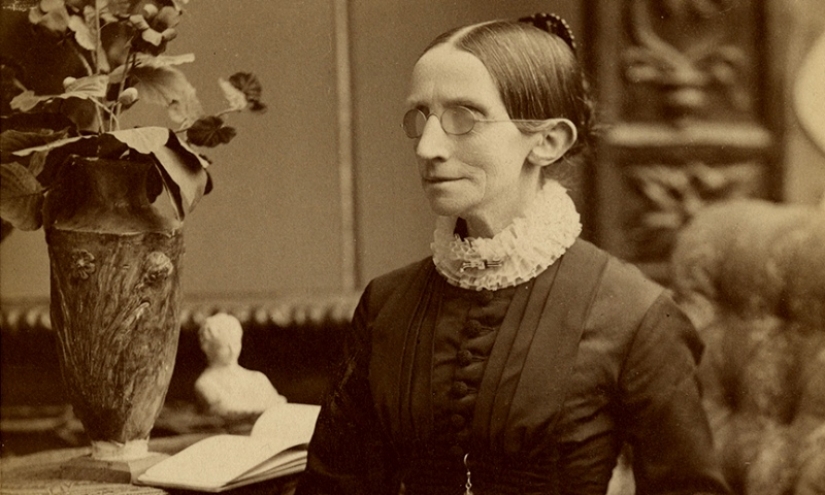
Laura was born in 1829 in the small town of Hanover, New Hampshire. She was the third child in the family of farmers Daniel and Harmony Bridgman and until she was two years old she grew up like an ordinary baby: she saw, heard, and began to talk. But in 1832, an epidemic of scarlet fever broke out in their town. The disease took the lives of Laura's two older sisters, and left the girl without sight, hearing, and almost completely deprived her of taste and smell. Touch became her only way of communicating with the world.
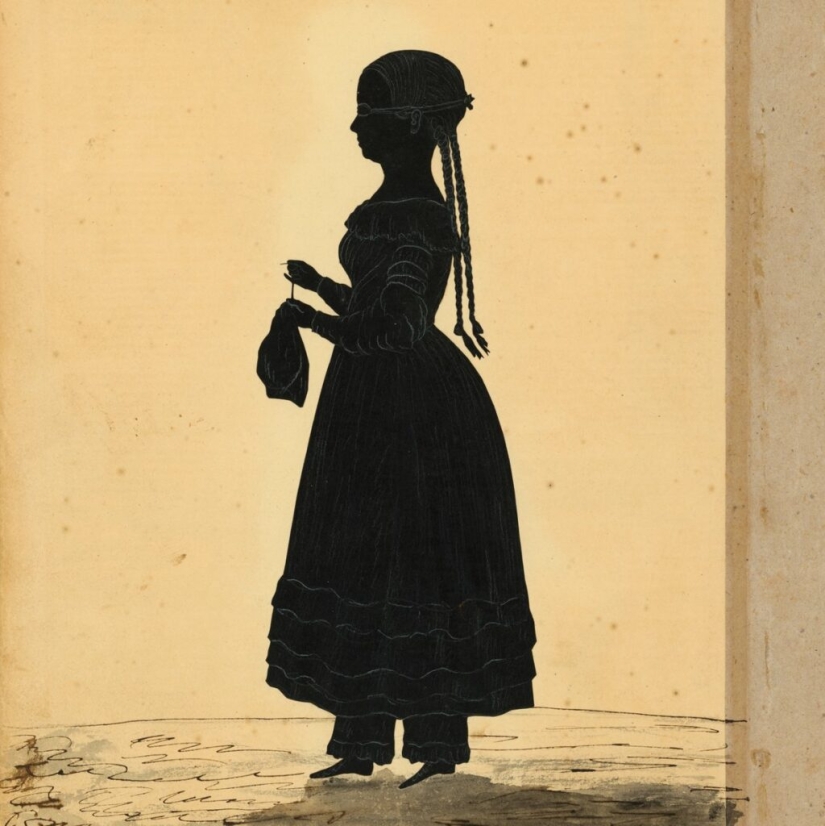
With all this, Laura was not helpless. Her mother taught her to help around the house, sew, and even knit. To communicate with other family members, a system of touches and pushes was used. For example, if the girl was pulled by the hand, it meant that she should go, and if she was pushed, then move aside. A pat on the head meant that she was doing everything right, and on the back - that Laura was wrong.
But as she grew older, the life of the deaf-blind girl became increasingly unbearable. Deprived of many simple human joys, Laura withdrew into herself and often cried. Sometimes she also became uncontrollable, flew into a rage and began to destroy everything around her. The realization that their daughter would drag out a miserable existence for the rest of her days depresses Laura's parents.
At that time, blind children were already being successfully taught, but no one was working with the deaf-blind. Cases like Laura Bridgman's were considered hopeless and no one took them on. But Dr. Samuel Howe, the founder of the School for the Blind in Boston, decided to try. In 1837, he took 8-year-old Laura to his place and began teaching her.
The Perkins School for Blind Children was named after a patron of the arts. The money for the creation of this unusual educational institution was given by… opium and slave trader Thomas Perkins.
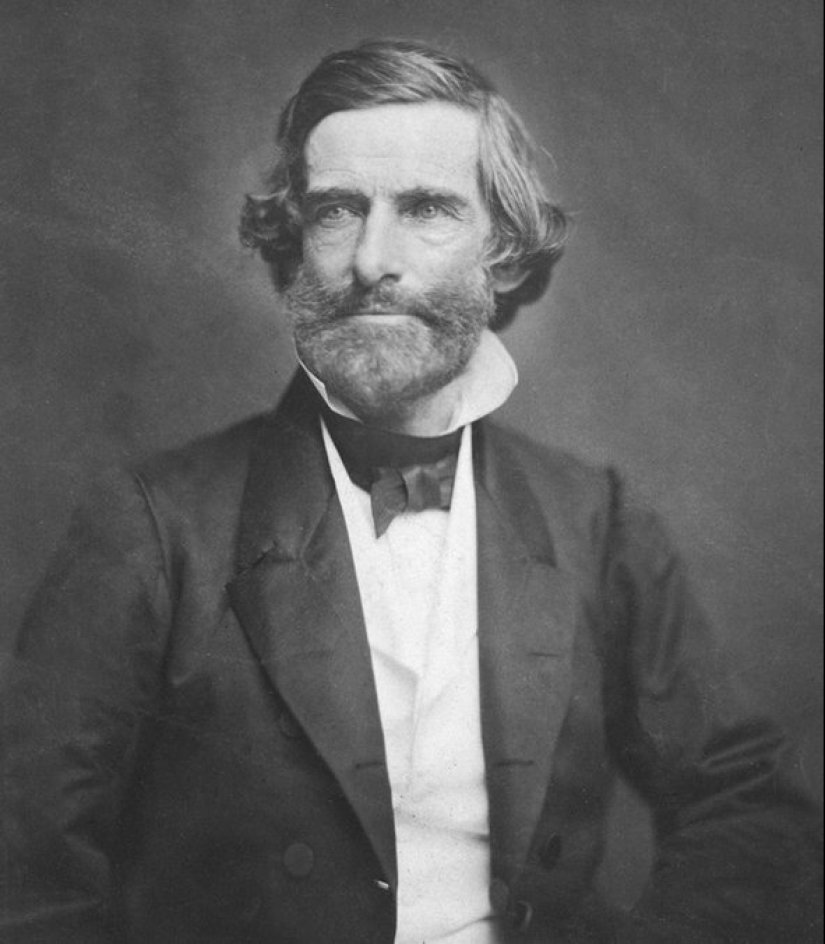
There were no methods for working with the deaf-blind at the time, and the doctor had to develop his own for Laura, from scratch. They started with the simplest. Laura learned to recognize objects by touch with attached labels with inscriptions made with raised symbols. Then the labels were removed — and Laura had to find the right thing by touch. Then — to form words from individual letters. This method became the basis for tactile communication, which is still used by deaf-blind people all over the world.
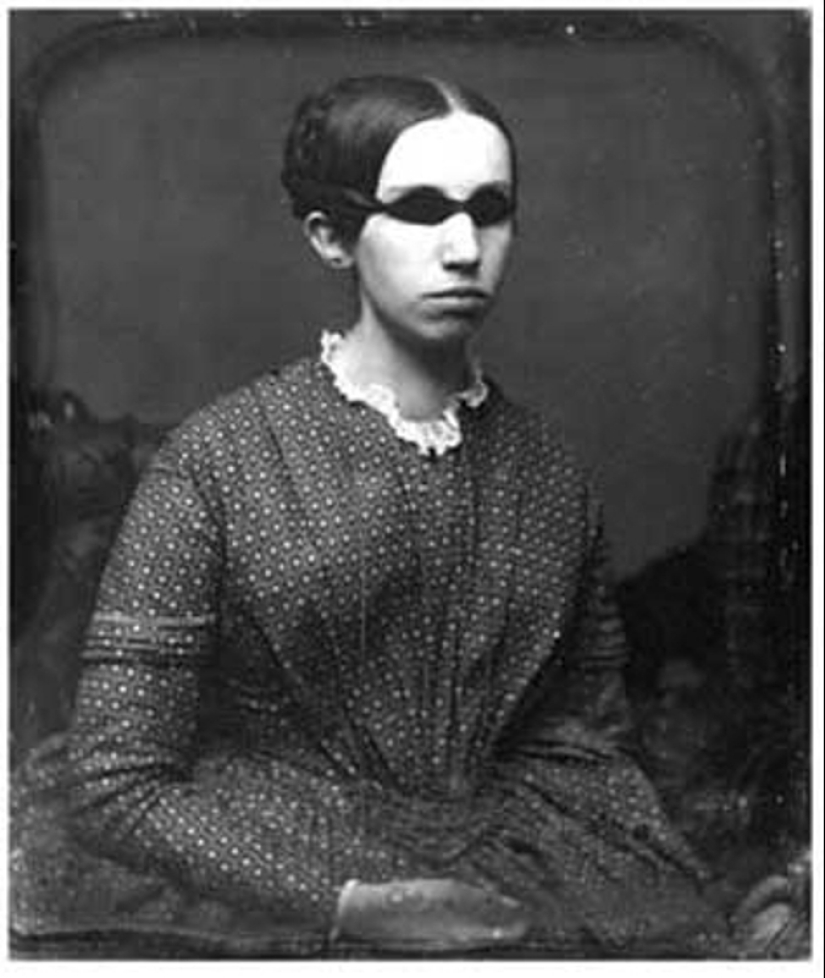
The girl became blind very early, so many things were a revelation for her. For example, she learned that the objects around her not only had a shape and purpose, but also a name. This was the beginning of her path to communication, abstract thinking, and full-fledged education. For the first time in many years, she could express her thoughts and feelings, ask questions, and receive answers. The world ceased to be a silent prison for her. After Laura mastered reading, her education went faster.
During her studies, Laura needed an assistant to help her compose texts using raised letters so that she could understand what the teacher was saying. However, Laura was able to master mathematics, astronomy, philosophy, history, and even biology. She learned to sew, knit, and do various crafts. She was especially good at languages. Laura learned several foreign languages and could read books in French and Latin. She also mastered writing in regular letters, although she could not read them herself.
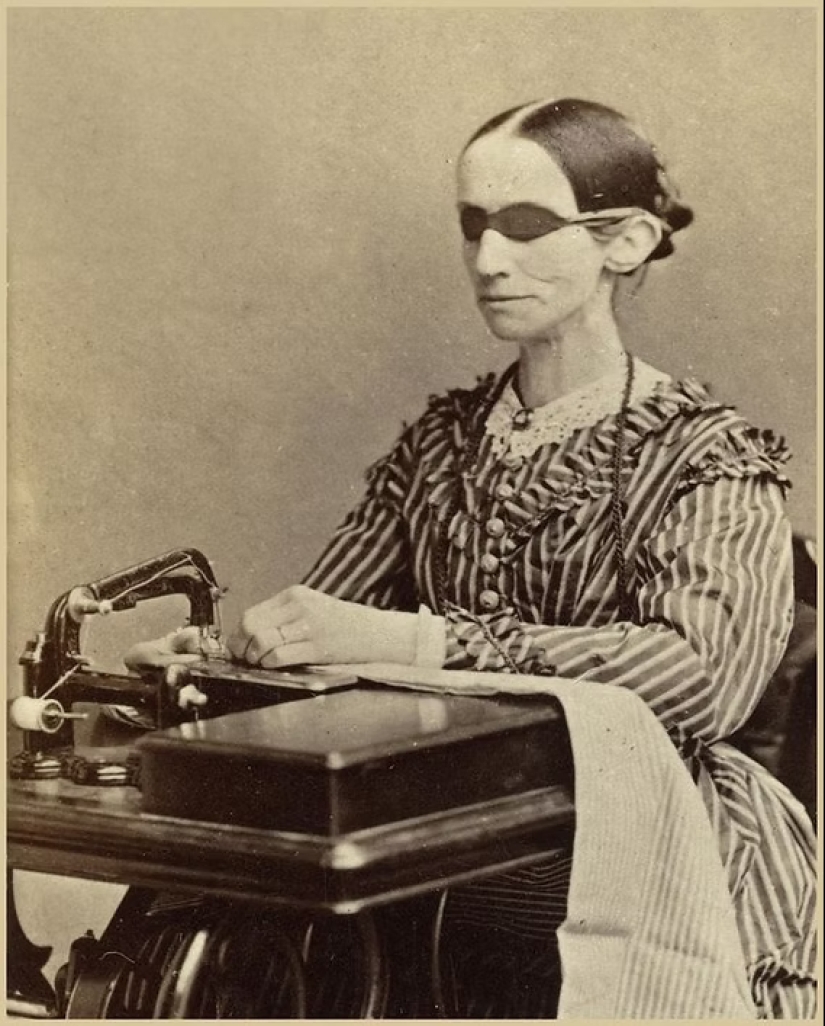
Laura studied at Perkins School until she was 20, after which she returned from Boston to New Hampshire in 1850. Her relatives saw a completely different person - calm, confident and cheerful. Laura Bridgman wanted to help people like her and began teaching. She composed entire monologues in sign language, loved to hold hands or hug people, including her students.
But after a while, Laura's health deteriorated and she had to return to Perkins School under the supervision of Samuel Howe. Doctor and Laura's patron, Dorothea Dix, collected donations that were enough to equip Bridgeman with housing at the school. She was given one of the student houses, where Laura did almost all the housework herself.
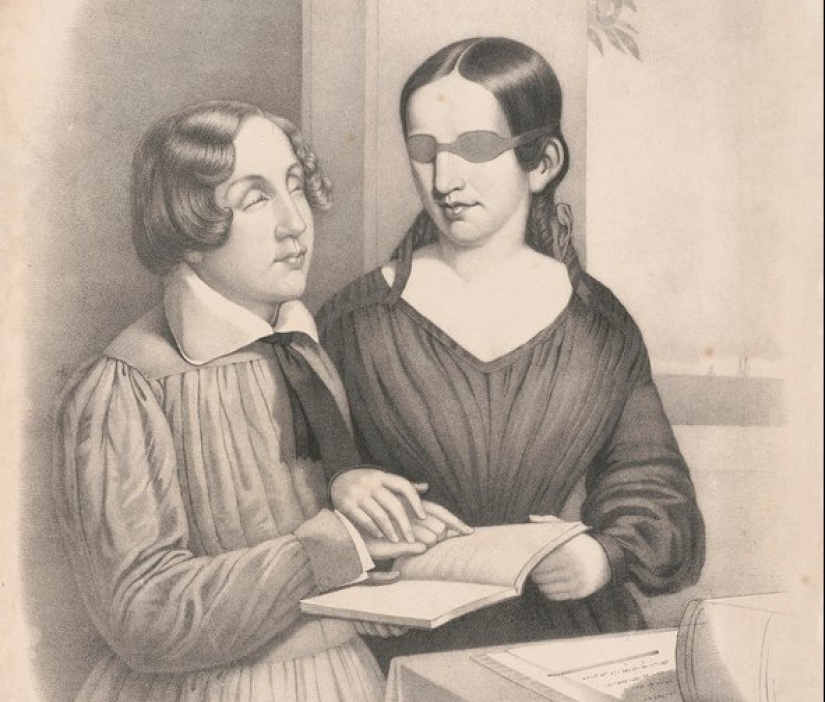
In her free time, Laura read a lot, studied religious literature, and reflected on the meaning of life. She became a deeply religious person and found her faith a source of strength and inspiration. Laura also wrote poetry. Her work "Holy Home" received recognition, although she never sought literary fame.
Laura's goal was to live an active life: she sewed, knitted, made crafts, and even sold them to raise money for charity. She sometimes visited her family in New Hampshire. Laura died on May 24, 1889, leaving behind an incredible legacy.
The story of Laura Bridgman caused a furor not only in the USA, but also in Europe. Newspapers and medical journals wrote about the amazing girl. She was even mentioned in his "American Notes" by the English writer Charles Dickens. Laura was then 12 years old and already quite independent:
The book made Laura famous, and the Perkins School was flooded with curious guests and journalists.
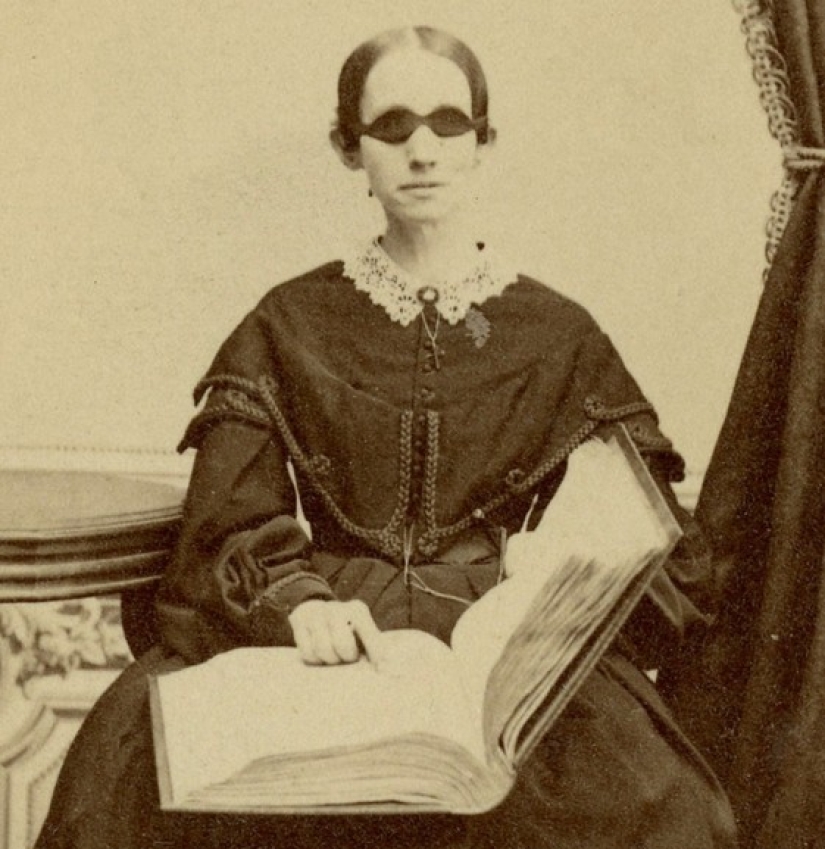
Laura's case proved that even deaf-blind people can be educated if they start learning in time and apply effort and patience. Based on the work of Dr. Samuel Howe, new teaching methods, including more effective ones, began to be created in different countries around the world.
Many years passed and the parents of another deaf-blind girl, Helen Keller, learned about Laura Bridgman. The teacher Anne Sullivan used Samuel Howe's method and they succeeded! Helen Keller became known throughout the world as a politician and writer. But Laura Bridgman, who became the first deaf-blind person with an education, was undeservedly forgotten.
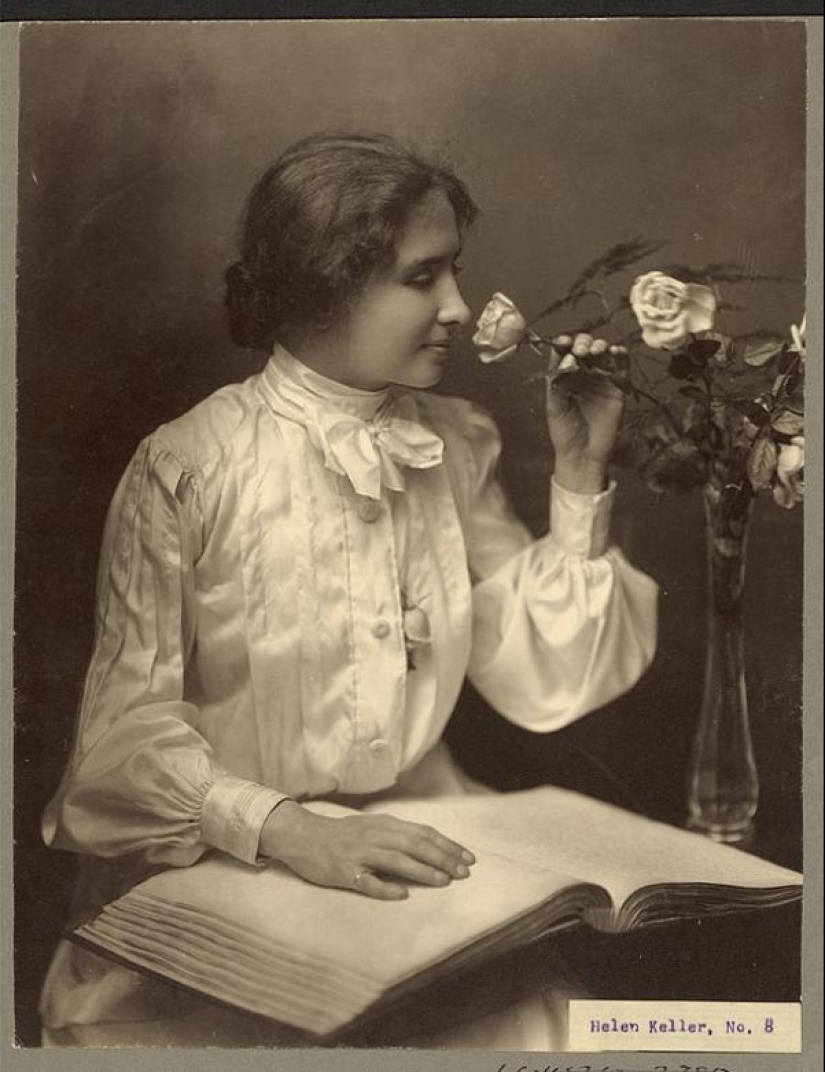
Laura Bridgman's story is a reminder that the impossible can be made possible through perseverance, faith and determination. Do you think enough is being done today to support and educate people with severe disabilities?
Recent articles

Our favorite four-legged friends can be very charming and cute. However, each of them at some point played demons and they begin to ...

Marilyn Monroe, perhaps the most famous blonde in the world, and even with a heavy destiny. We used to see it in the way — ...

Many psychologists have given up trying to interpret dreams. But The Independent spoke to someone who is studying this topic. ...